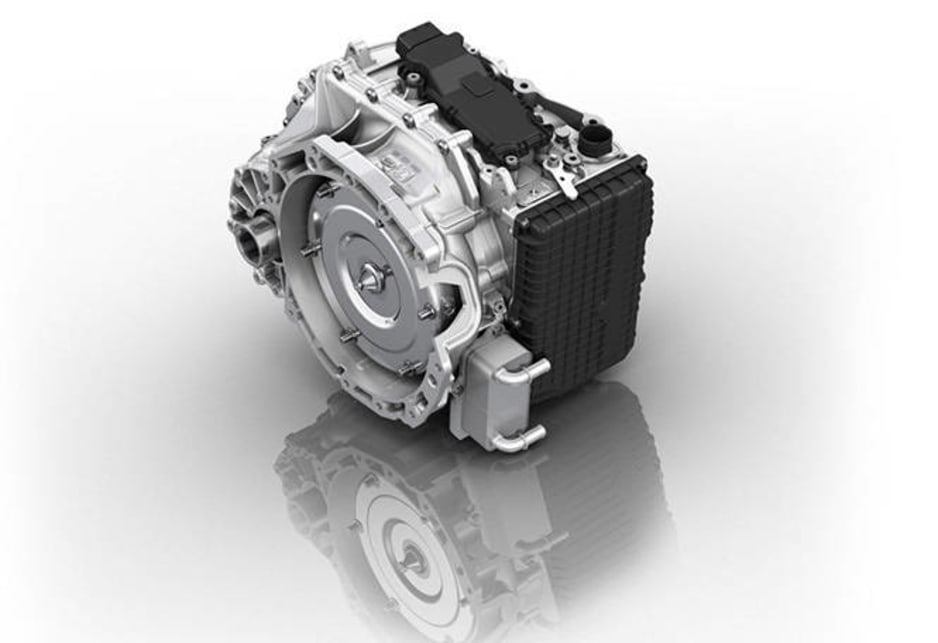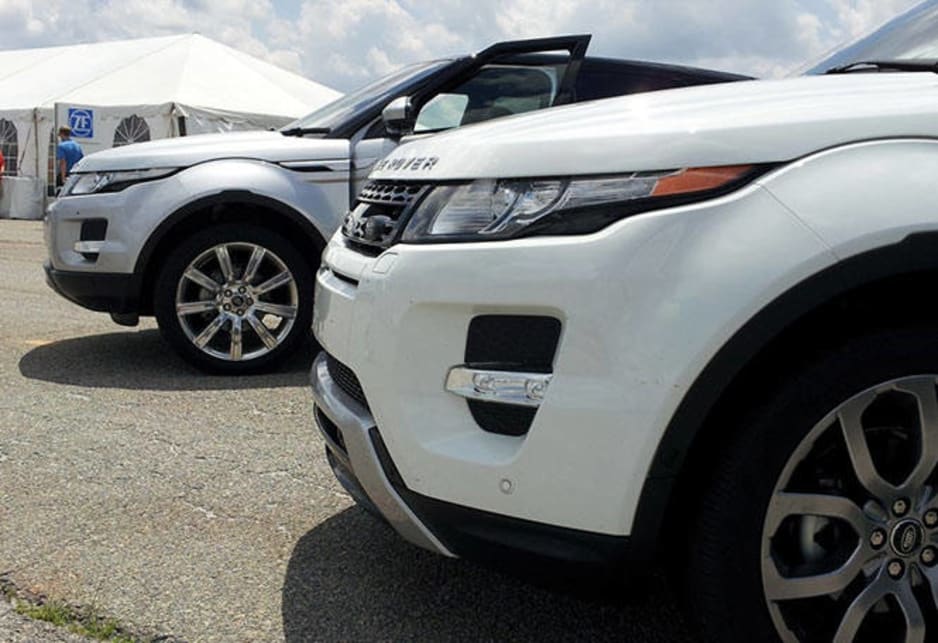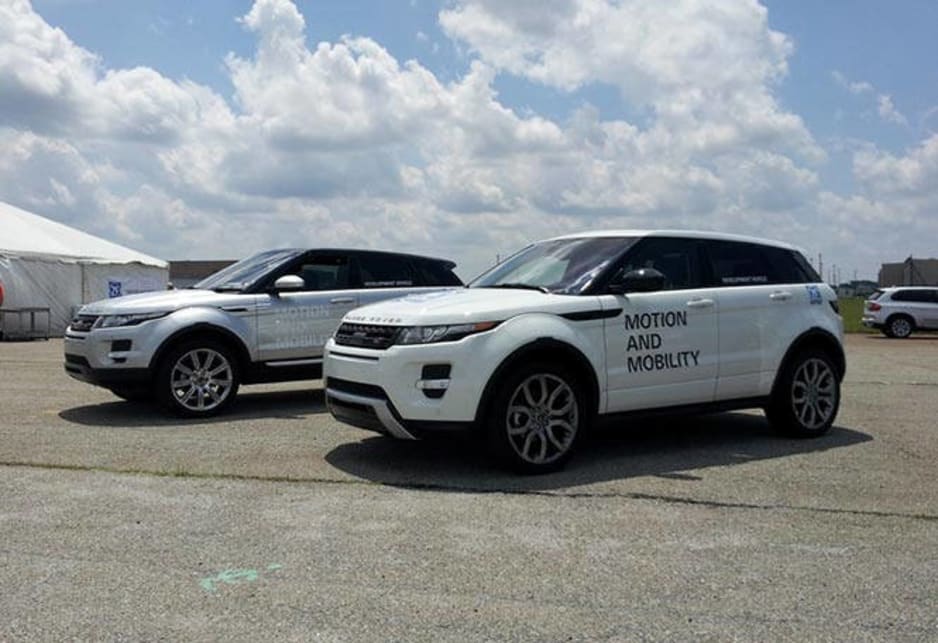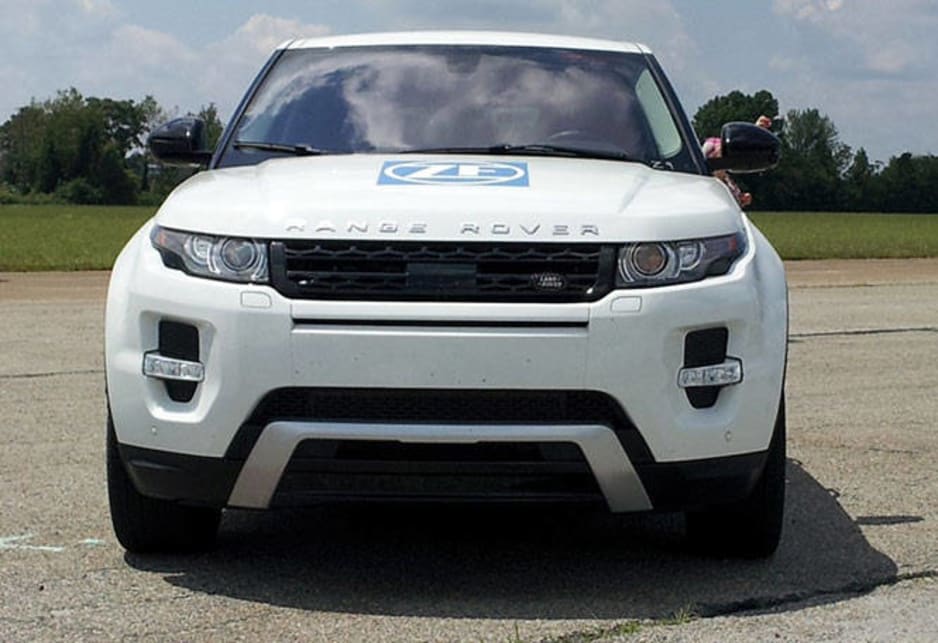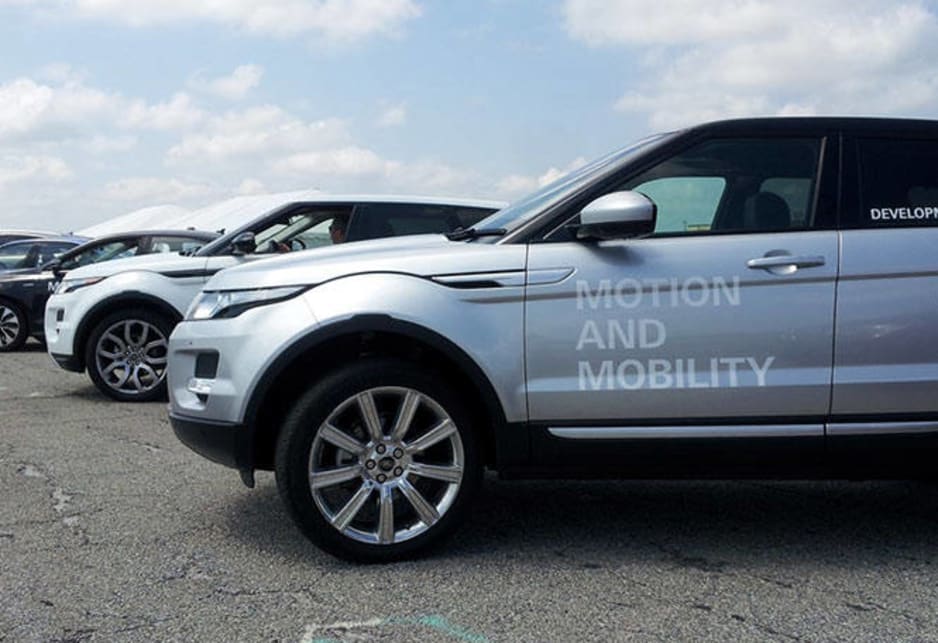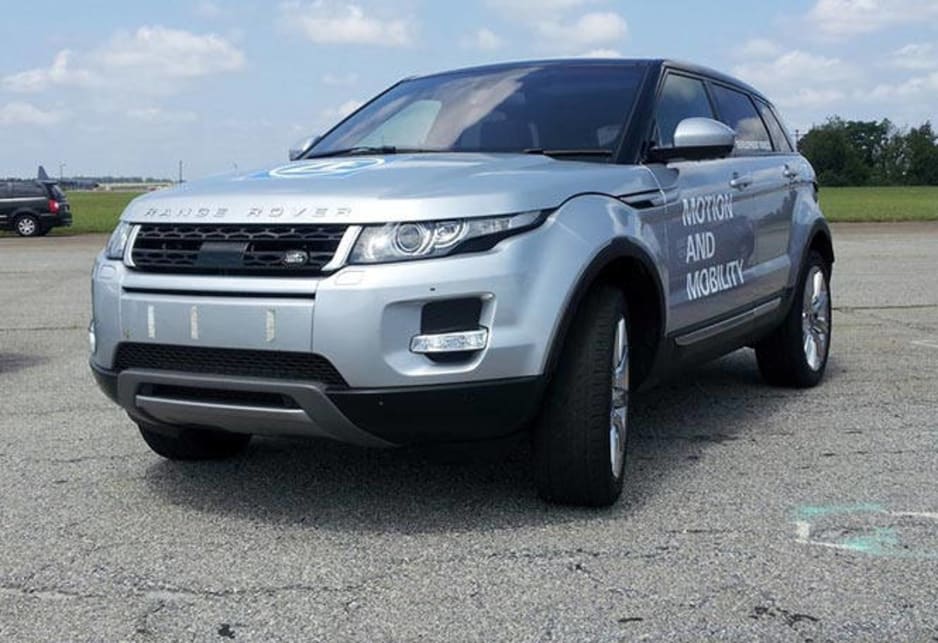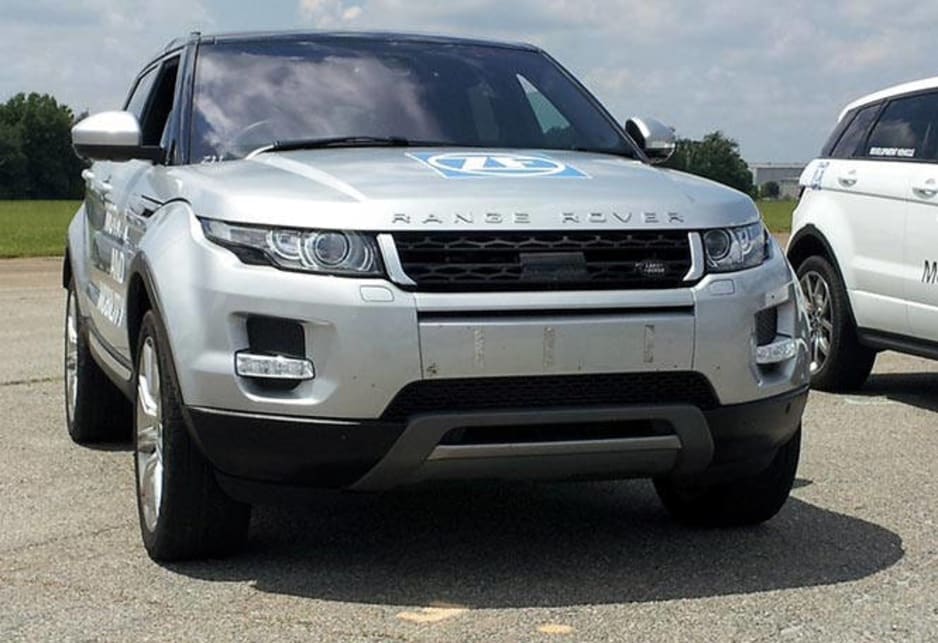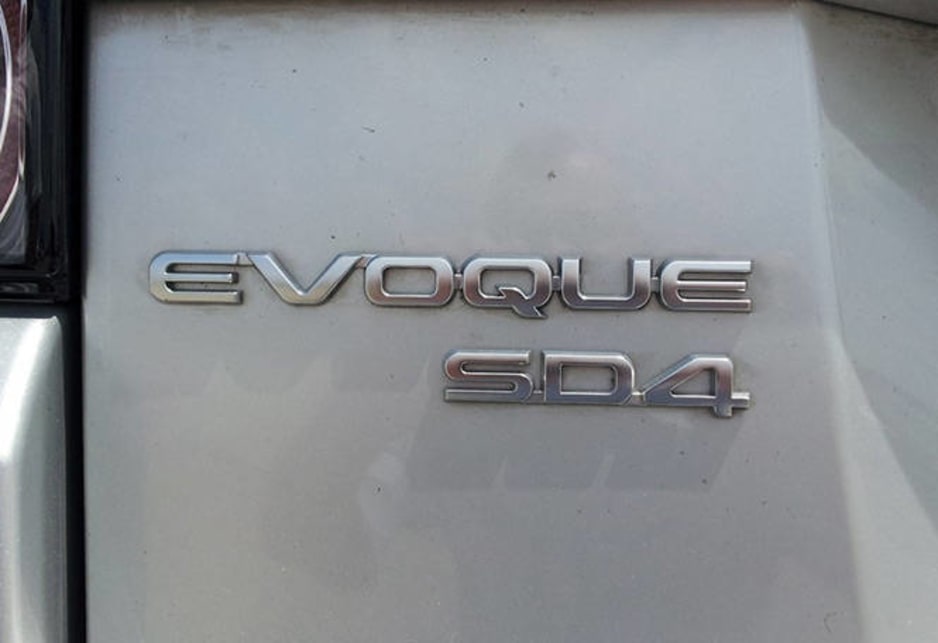
Nine-speed automatic transmission | review
What we like
- More gears than ever
- Efficiency promise
- Clever tech
What we don't
- Not here yet
- Limited to premium models for now
- Benefiots difficult to detect from driver's seat
What we like
- More gears than ever
- Efficiency promise
- Clever tech
What we don't
- Not here yet
- Limited to premium models for now
- Benefiots difficult to detect from driver's seat
Not so long ago, a five-speed automatic transmission was pretty advanced -- but we're in a new age now. Six speeds is becoming the norm now even in smaller cars -- when they're not fitted with continuously variable transmissions (CVTs) -- and even the eight-speed automatic pioneered by Lexus a decade ago is no longer King of the Multi-Gear Hill.
German maker ZF has designed and rolled out an automatic transmission for transverse engine installations that contains no fewer than nine gears, known as the 9HP. It's all in the service of more efficient gearing that matches closely to the engine's most efficient range, thereby lowering fuel consumption.
We've had a chance to drive two pre-production prototypes of the 2014 Range Rover Evoque that will use the new nine-speed, first announced in February.
PETROL AND DIESEL
The first, with left-hand drive, was fitted with the 179 kilowatts, 2.0-litre turbocharged gasoline engine. But ZF had also provided a right-hand-drive Evoque SD4, the 2.2-litre turbodiesel sold in Europe, for comparison purposes.
Both engines are mated to the nine-speed automatic for the 2014 model year. Our drive was limited to half a dozen laps around a test track. It included both medium-speed running (56 to 100km/h) and a high-speed straightaway where we reached about 160km/h, but very little stop-and-go.
In the petrol Evoque, while starting up and moving away from a stop, you may never notice the difference in the number of gears.
SMOOTH, FAST SHIFTS
If you pay attention, you might register that the shifts are just a little bit quicker, with less lag between them, and the ratios are a bit closer. Whether on full throttle or under only partial acceleration, the gasoline turbo four and nine-speed play well together.
By the time we reached 113km/h on the test track, the transmission was only in fifth gear, and the engine was turning only 2,100 rpm--against a speed several hundred RPM higher with the old six-speed automatic.
At 160km/h, it took lifting off to get the ZF automatic into its ninth and final gear -- and the engine was still running notably slower than it would have in top gear with a six-speed.
We also tested the “manual mode,” in which the transmission can be up- and down-shifted via paddles behind the steering wheel. They worked fine. But our short drive suggested that to get the most out of the closely spaced ratios, you may find that leaving the control logic to its own devices and letting it shift automatically produces better results.
SLOWER DIESEL
The diesel Evoque SD4 was notably slower on acceleration, not to mention it added half a second or so for the start-stop system to restart the diesel engine as soon as the driver's foot began to lift off the brake pedal. The diesel was louder as well as slower, but we'd expect it to deliver far better fuel efficiency than the often-thirsty turbo 2.0-litre in the Evoque--regardless of the number of gears.
In the Evoque, the existing all-wheel drive system is an adaptation of one used by Land Rover's former sister company, Volvo.


